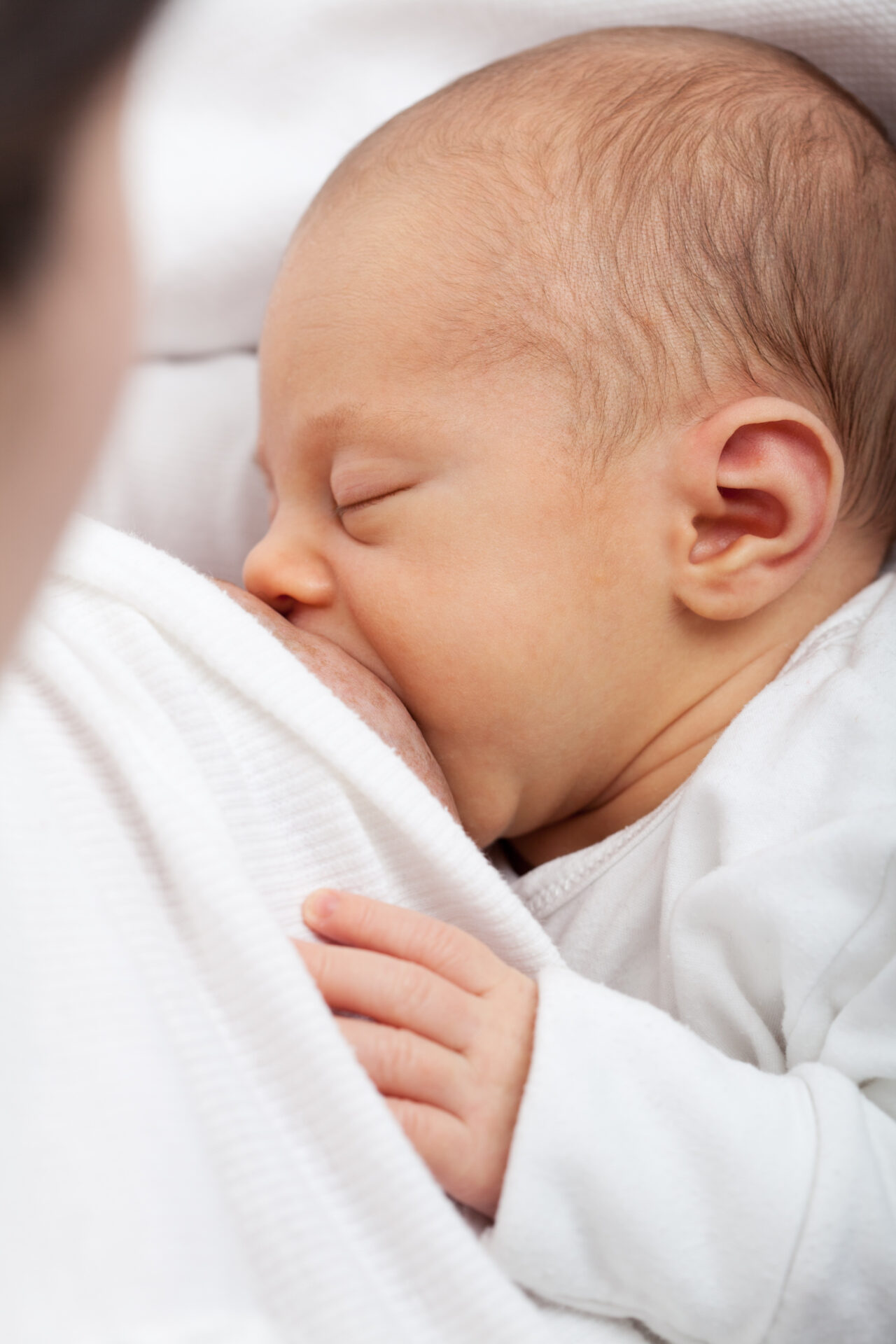By Katarina Knoff
Breast milk is extraordinary. It is full of antibodies and nutrients, comforts the child and protects newborns from disease and infection. It changes throughout the day and over time to adjust to a child’s needs, even if the child is sick. Although many have tried, scientists have not been able to replicate it. The real question is, how exactly do our bodies produce human breastmilk?
The following discusses how different parts of the body work together in the process and fields questions about the logistics of producing breast milk.

How Is Human Breast Milk Made?
Women are incredible. Not only are their bodies capable of growing another human being, but those same bodies also produce the exact nutrition that their child needs. A woman is born with all of the parts of the breast that they will need to produce breast milk, but they are not developed yet. During puberty, changes in hormones cause milk-making tissue to form. They may grow and become tender every month during ovulation, but if no pregnancy occurs, this will subside. After pregnancy, the breasts continue to develop and prepare for lactation. After birth, full production occurs, and this can last for months or even years.
What Are the Parts of the Milk Making Process?
According to verywellfamily.com, adipose tissue is a fat tissue that cushions and protects the breast. Connective tissue and ligaments provide support to the breasts. Glandular tissue is milk-making tissue and contains the milk ducts and alveoli. Alveoli are small grape-like groups of sacs or milk glands that make the breast milk. The milk ducts carry the breast milk from where it’s made in the alveoli, through the breast and out to the baby. Smooth muscle cells called myoepithelial cells surround the alveolar glands and milk ducts. When they contract, they squeeze the milk out of the milk-making glands and through the ducts. Nerves that lead from the nipple and areola send a signal to the brain to stimulate the release of breast milk and the production of more milk.
What is Happening During Pregnancy?
Breasts change during pregnancy. This is frequently one of the first changes that indicate pregnancy. During pregnancy hormones, estrogen and progesterone cause the milk ducts and milk-making tissue to grow and increase in number, and the breasts will fully develop. There is increased blood flow to the breasts, glands will increase, and the areola and nipple will increase in size and darken. Around 16 weeks into the pregnancy, the body will start to produce breast milk called colostrum. This stage of milk production is called lactogenesis I. It will last from around the 16th week of pregnancy until the second or third day after delivery.
What Happens When the Baby is Born?
After your child is born and the placenta leaves the body, the woman’s hormone prolactin rises, and estrogen and progesterone levels drop. This shift signals to the body to increase the production of breast milk. The baby will receive colostrum milk that was made during pregnancy for the first few days, but then the mother may notice an increase in the amount of milk being produced. This stage of milk production is called lactogenesis II. It lasts from the second or third day postpartum to the eighth day.
How Do You Maintain a Milk Supply?
Initially, the body will automatically generate breastmilk, whether the mother plans to breastfeed her child or not. After the first week or so, the release of milk-making hormones and breast milk being produced is based upon supply and demand.
If you are a soon-to-be new mother and planning to feed your child breastmilk and to create a healthy supply, then it is necessary to pump or breastfeed often. You can learn more about this and other issues surrounding pregnancy, birth and your new baby at our Becoming A Mom® educational classes.
The Newman Regional Health Women’s Life Center offers an extensive breastfeeding program. Newman Regional Health is a High 5 Facility, a program that practices five evidence-based maternity care practices that support breastfeeding success and the hospital has International Board Certified Lactation Consultants on staff. There is a breastfeeding support group for new moms. The hospital is also a Breastfeeding Welcome location recognized by the Kansas Breastfeeding Coalition.
If you want additional information, to join a support group or meet with our International Board Certified Lactation Consultants, you can reach us:
Phone: (620) 343-6800, ext. 24477
Email: Contact Us
Website: newmanrh.org/wlc
